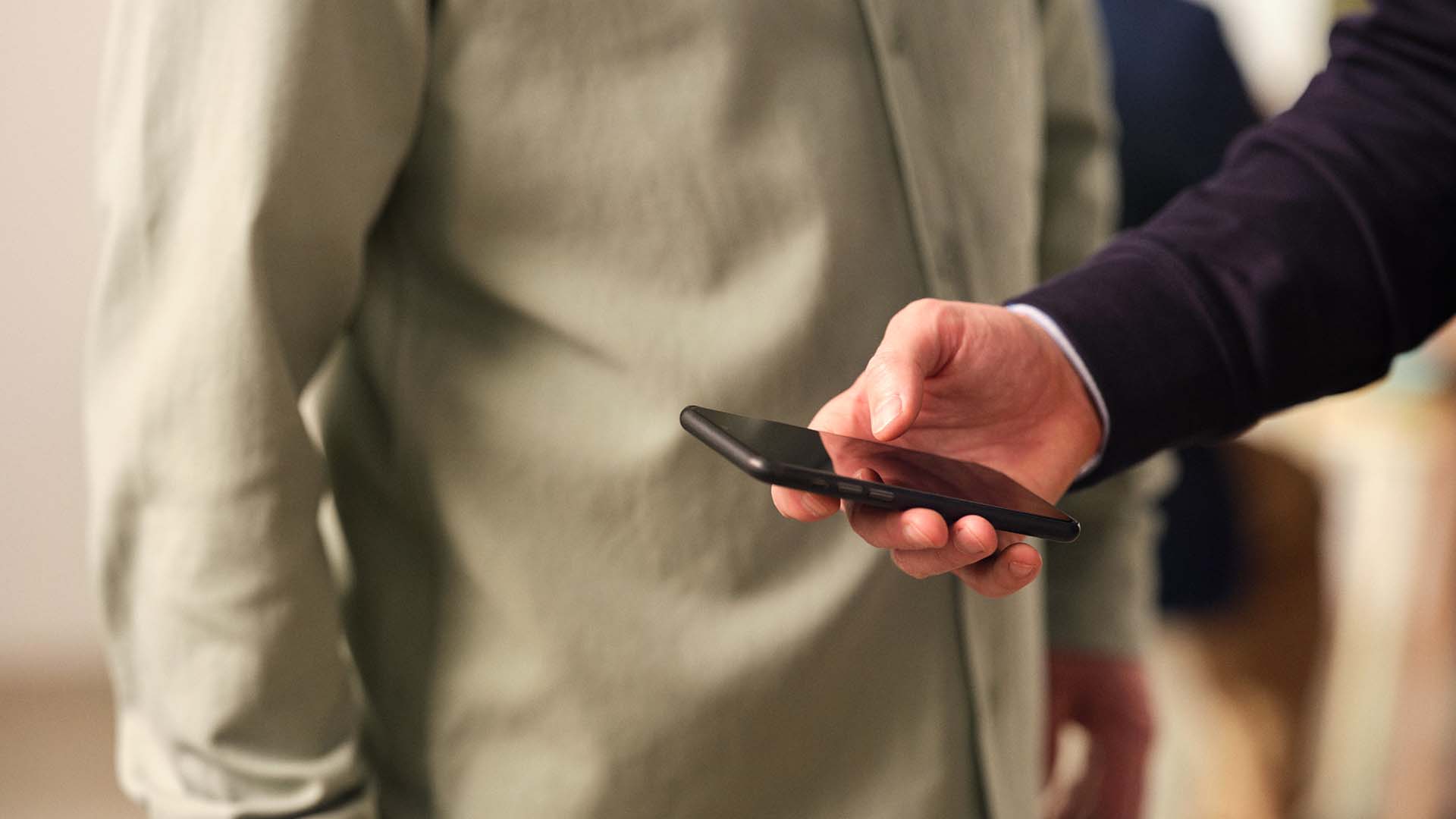
Be clear

reduction in impact
Powering up change
Our rechargeable range consists of brilliant, impact-lowering hearing aids that make switching from traditional battery-operated simple.
Since we launched our first rechargeable device, we’ve built out our rechargeable offer across all our models, to provide the most comprehensive range there is.
Since then, we’ve done detailed Life Cycle Assessments to understand and share exactly how the production, distribution, and battery disposal practices for all our hearing solutions affects our wearers’ individual impact.
Because our responsibility isn’t just to change how you hear the world – it’s to change how we treat it. Together.
On environment
Even when something is small, it can be mighty. So, whether we’re evolving our rechargeable range or tracking our products’ impact with Life Cycle Assessments, we’re clear on the actions we’re taking now – and can take next – to reduce our environmental impact and increase the ways we’re circular.
On stigma
On hearing health
Everyone’s included
“We want to make sure nobody feels left out when they look for a hearing solution that fits their unique needs and style”
All together now
Signia, WSA and the UN SDGs
Environment, stigma and hearing health are our clear responsibility actions and goals at Signia. They’re where we can create impact and they align with the bold ambitions of WSA, our parent company, which themselves speak into five UN Sustainable Development Goals. This means our actions are part of the bigger picture.
The five goals are: Good Health and Well-Being, Gender Equality, Decent Work and Economic Growth, Climate Action, and Responsible Consumption and Production.


Our sustainability report
The big picture – to download and dig into
Big, small, loud, and proud – we’re taking many steps across our business towards goals like carbon neutrality by 2025.
Download the Sustainability Report from our parent company WSA, to see the beauty in the details – and where we are on our journey right now.
*Comparing functionally equivalent devices. Based on functional unit of Life Cycle Assessment: Use of two hearing aid devices for 12 hours per day with an average use profile over a period of 5.5 years in the EU-28. Average savings across impact categories for Life Cycle Assessment. Life Cycle Assessment includes 18 impact categories.